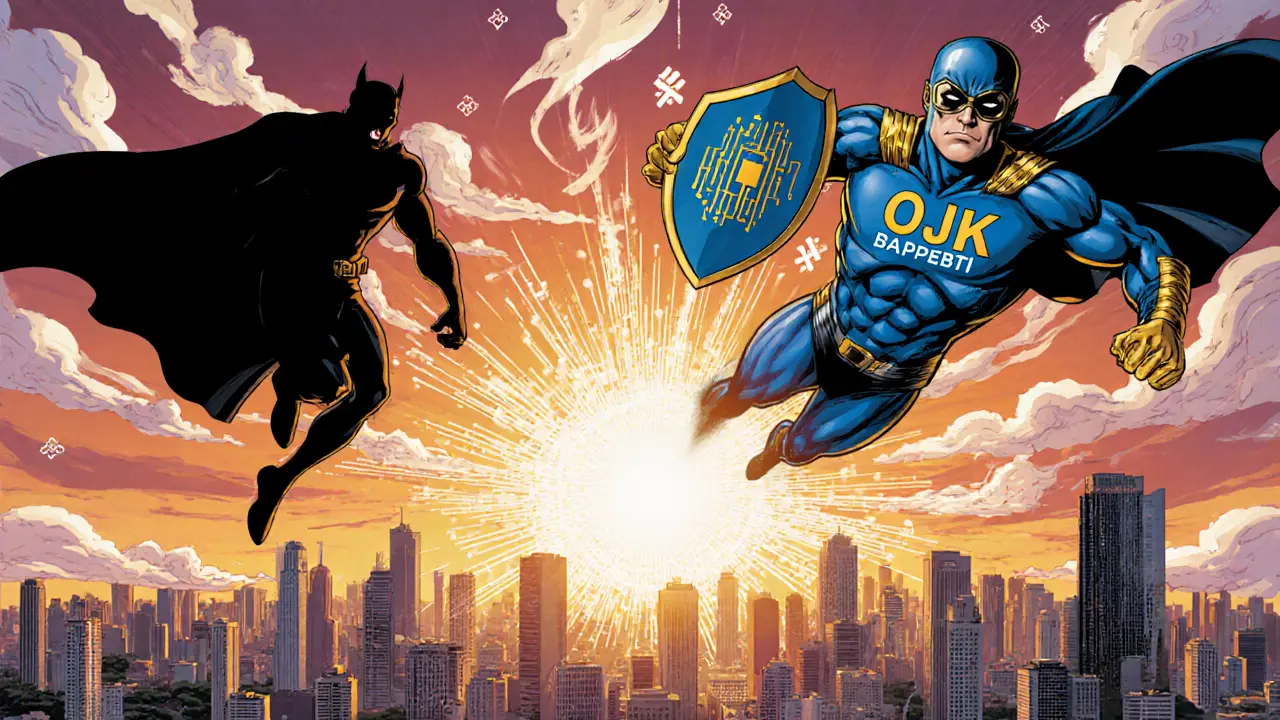When talking about DFA framework, a set of guidelines and smart‑contract standards that coordinate decentralized finance operations across multiple layers. Also known as Decentralized Finance Automation framework, it lets developers build interoperable services without reinventing the wheel each time. The DFA framework is the glue that holds together execution, settlement, and data layers, making it possible to launch complex products quickly.
One of the biggest allies of the DFA framework is Modular Blockchain Architecture, a design pattern that separates execution, consensus, data availability and settlement into distinct layers. By breaking the stack into pieces, modular architecture lets the DFA framework scale without hitting the usual bottlenecks. Another crucial partner is EigenLayer Restaking Protocol, an Ethereum‑based system that lets users stake their ETH or liquid staking tokens to secure new services. EigenLayer adds an extra security layer, so the DFA framework can offer higher‑yield products while keeping risk in check. Finally, Crypto Market Capitalization, the total dollar value of all circulating crypto assets frames the economic incentives that drive adoption of the DFA framework. High market caps usually mean more liquidity, which the DFA framework can tap into for smoother trading and lower slippage.
The relationships among these entities are simple yet powerful. The DFA framework encompasses modular blockchain architecture, letting developers choose the best layer for each task. It requires smart‑contract standards that talk to EigenLayer, because without restaked security the framework would be vulnerable to attacks. EigenLayer influences the DFA framework’s security model by extending staking incentives beyond the base chain. And crypto market capitalization provides the economic context that fuels the demand for DFA‑driven services. In practice, this means a trader can move assets across chains, a developer can launch a new lending market in weeks, and a validator can earn extra yield by supporting the same protocol twice.
All of this sets the stage for the articles you’ll find below. We’ve gathered deep‑dives on modular blockchain design, step‑by‑step guides to EigenLayer restaking, risk analyses of hash collisions, and real‑world examples of how market cap shapes DeFi product strategy. Whether you’re building a new protocol, looking for yield hacks, or just trying to understand why the DFA framework matters, the collection offers actionable insights you can use right now. Dive in and see how each piece connects to the bigger picture of decentralized finance.

A 2025 guide on Indonesia's crypto exchange licensing, covering the DFA framework, capital needs, compliance steps, taxes, and technical requirements for new operators.